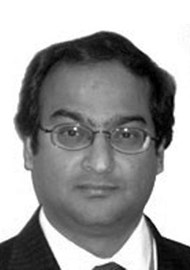The gold standard for the reconstruction of the mandible is a free bone flap and the fibula is commonly used. The fibula is a straight bone and presents considerations and difficulties in the formation of a U-shaped neo-mandible. Computer aided design and computer aided manufacturing techniques are used to improve and facilitate reconstruction. In one of the simplest forms computed tomography is used to mill a 3D model of the mandible to allow for the adaptation of the plate to reduce operative time and improve outcomes. The fibula osteotomies are however done ‘free hand’. This is a retrospective look at 60 mandible reconstructions with a fibula free flap, equally divided into the CAD/CAM assisted and so-called free hand. For the test (CAD/CAM) group CT was used to used to create a 3D model of the maxillofacial skeleton and fibula. This was used to make cutting guides to position the fibula osteotomies and pre-bend the plate. The control group did not have cutting guides but the plates were pre-bent sometimes intraoperatively if the native mandible cortex was intact prior to resection. Postoperatively all patients were scanned with CT and various anatomical landmarks were evaluated. The CAD/CAM reconstruction had much better outcomes. This is an excellent study as it was done in one centre, with a good number of patients, and the postoperative reconstructions assessed in a standard protocol.




